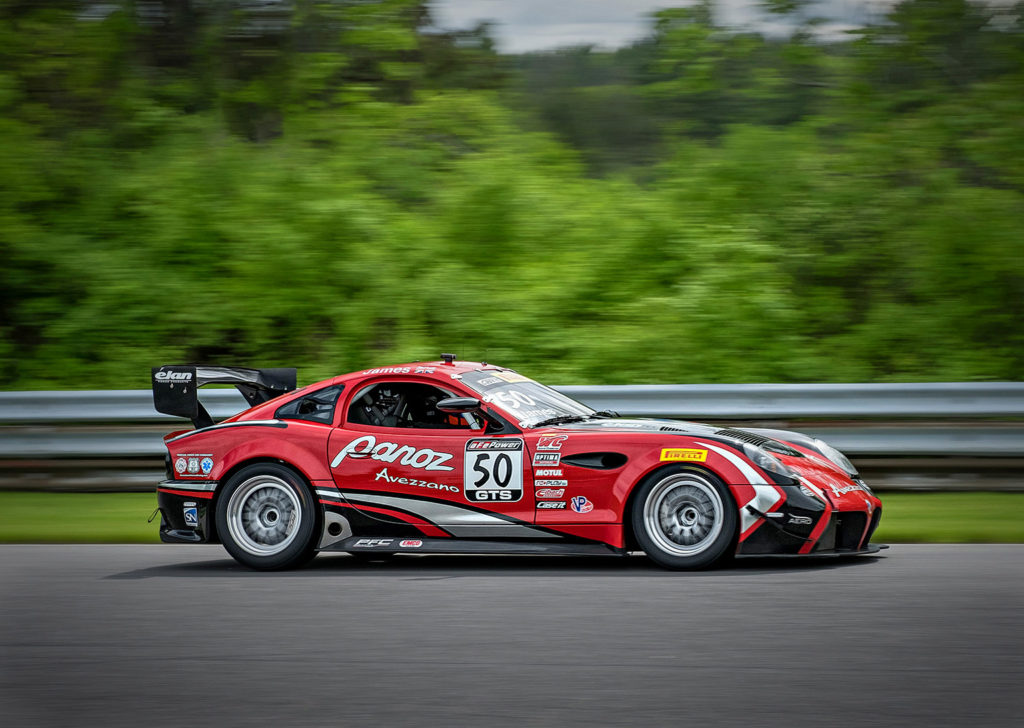THE BUSINESS OF MOTORSPORTS PHOTOGRAPHY
In this episode of The Need For Speed series we’re going to be discussing the business of motorsports photography. Many of you have had questions regarding how to get lucrative clients and how to get those all-important media credentials. We hope we can answer some of those questions herein.
In previous posts we have discussed many different aspects of motorsports photography. We hope you have been following the thread. For those that may just be joining the party today here is a list of topics we’ve already discussed, with links to the individual features:
Previously on The Need For Speed
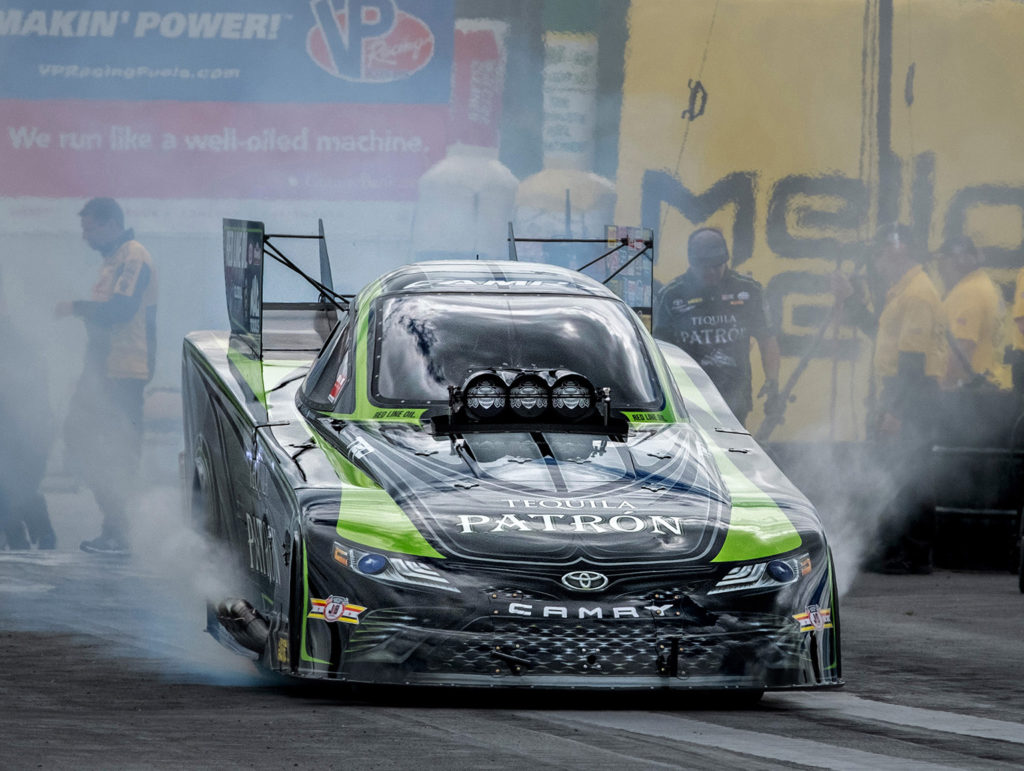
We hope you have absorbed the material in the previous posts. Hopefully you have put some quality practice time in with the tips and techniques that we’ve shared. If so you are well on your way to becoming a successful professional motorsports photographer. You’re getting the shots. You’ve been building up your portfolio. Now it’s time to get the work.
The Ideal Client
Most aspiring sports photographers dream of seeing one of their images on the cover of a major magazine like Sports Illustrated. There’s nothing quite like the feeling of seeing your creative work on the news stand alongside the works of photographers from all different genres. I can still remember the feeling I had the first time I saw one of my photographic creations in print.
But warm fuzzy feelings don’t pay the bills. Creating quality images that fill the needs of your client does. You need to identify the clients that are willing to pay for your work and aggressively pursue them. Finding them isn’t hard. You need look no further than the side of the race car.
Team Sponsors
In a previous post I talked about the role racing sponsors play in the world of professional motorsports. The amount of money corporate sponsors lay out in their race programs is staggering. They have a very real need to document where those advertising dollars go. They have shareholders and investors to answer to. They have a story to tell. A picture is worth a thousand words. Your pictures help them tell their story. Quality images play a very big part of the business of motorsports photography.
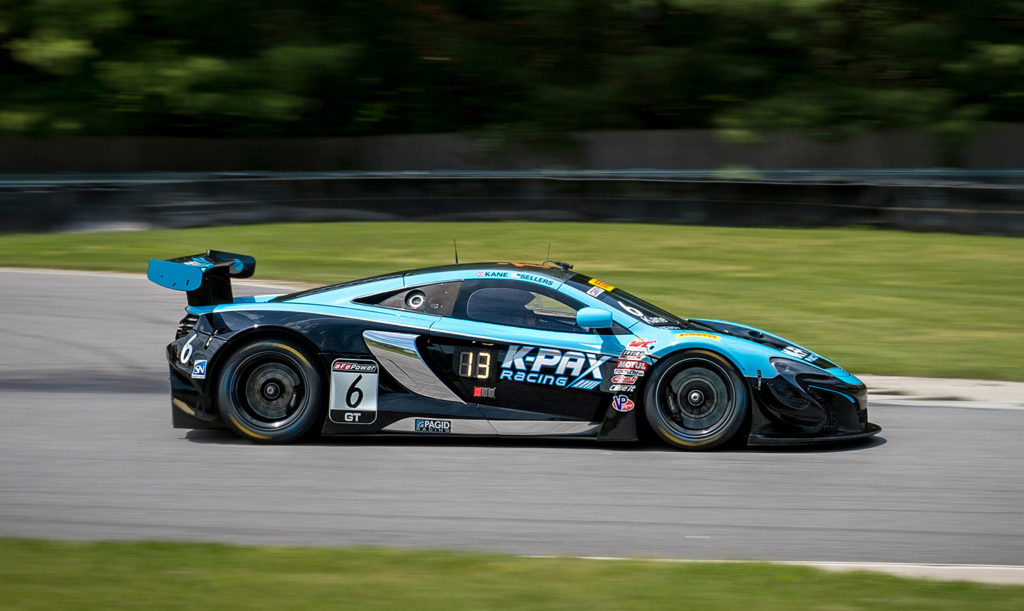
I entered the world of motorsports photography with the background of a wedding and portrait photographer. I knew how to photograph people. In any environment. Often under stressful circumstances. In any weather conditions. I used these strengths to sell myself to motorsports clients. Taking pictures of their VIP guests at a racing event was right up my alley. Documenting the social aspects of race weekend was second nature to me. My foot was in the door.
Focus On Your Strengths
Make an honest assessment of your skills and put your best foot forward. If your forté is photographing people, sell that to the client. Sure, you’ll spend a little time on race weekend in the VIP hospitality tent. To your sponsor/client that’s a very important part of the business of motorsports photography. You’ll also spend a lot of quality time out on the track creating those dynamic racing images.
Stand out from the other photographers that are competing for motorsports assignments. They’re probably only showing the potential client their best racing shots. Guess what? Racing images all look pretty much the same to the average corporate bean counter. But show that same suit a picture of a company executive shaking hands with a racer in his fire suit, and the public relations ramifications capture his imagination. Think outside the box and stand out from your competition.
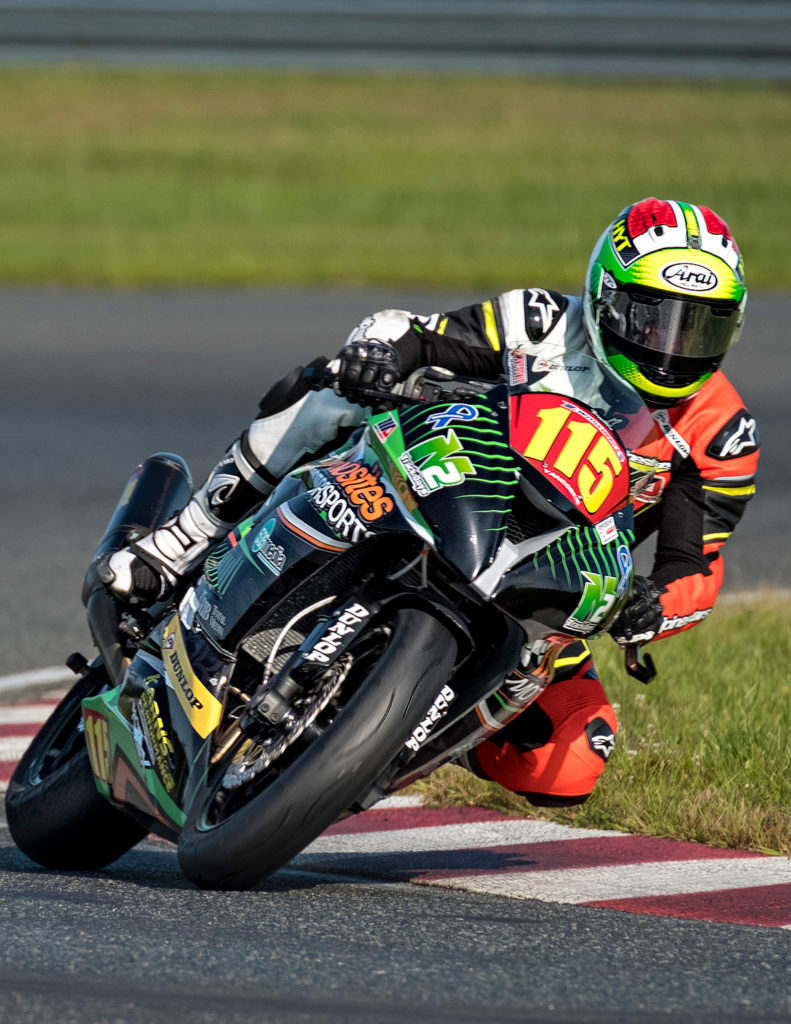
Follow The Money
I am always in awe when I sit down to watch the Super Bowl. I can’t help but notice that the 100 yard long/53 yard wide playing field is lined with sports photographers squeezed together elbow-to-elbow. Each is carrying multiple camera bodies and firing off thousands of images during the game. Who is buying all those pictures?
Truth be told, the majority of those photographers are not having a very rewarding pay day. There are limited wire services and media outlets licensing images. Competition is fierce. The more consistent earners are those that are on staff with major media companies. Do a quick Google search. You’ll be shocked to see how little the average staff photographer earns.
I can’t stress this enough. If you want to be profitable in the business of motorsports photography your target market should be the corporate players. They are the very lifeblood of the sport with their financial sponsorship of all the major racing series, race teams, venues and events.
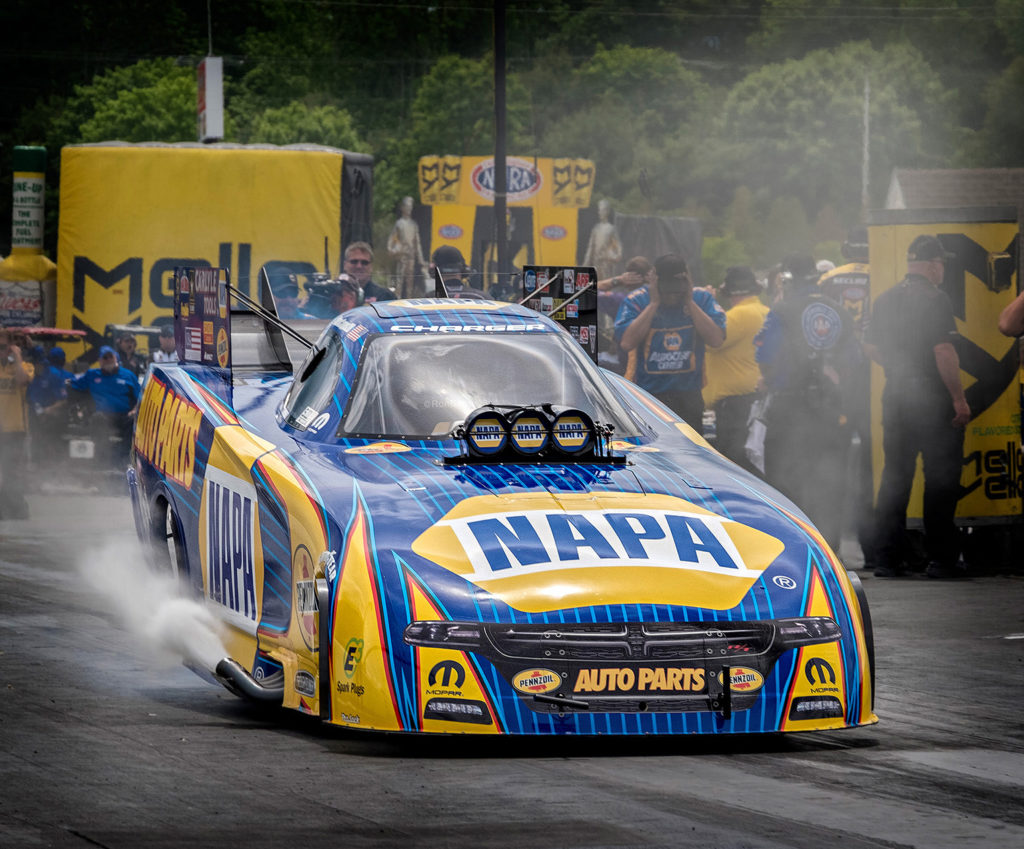
Not A Cheap Date
In the previous post I suggested that you attend some race events as a spectator while you’re building your portfolio. You’ll absorb the cost of these outings when you’re not on assignment. But when you establish yourself in the business of motorsports photography you must be realistic about pricing for profitability.
Expenses are substantial. On a major racing event weekend I will be driving up to 600 miles from my home to reach the track. Fuel and tolls for the round trip must be factored in. I’ll spend 2 or 3 nights in a local hotel; which is probably charging premium rates for the increased demand on race weekend. Be sure to check with the sanctioning body. Arrangements are usually in place with special rates for credentialed media personnel. You’ll have to have a bite to eat while you’re out traveling, too.
Think about the equipment you’re carrying. Tens of thousands of dollars worth of cameras, lenses, accessories, a laptop computer and peripherals. Their cost and inevitable wear, tear & depreciation must be considered. This is not a cheap date.

Get Paid What You’re Worth
Dealing with corporate clients is once again a blessing. They are used to hiring outside contractors to handle operations that they can’t manage in-house. They are used to paying professional rates for professional services. Don’t sell yourself short.
I bill my services for a major race event in one of two ways. One rate is for daily coverage at the event. The other is for the full race weekend; and is slightly discounted from the rate that three individual days would cost. Expenses for fuel, tolls, lodging and a meal allowance are billed in addition to my professional fee.
Avoid, at all cost, any temptation to sell yourself short. Don’t take an assignment for the experience or “the exposure”. Exposure doesn’t pay the bills! Quality clients understand this and have budgets in place for the services they need. Accepting an assignment for less than you’re worth hurts you and hurts the industry as a whole. If you want to make a decent living as a professional in the business of motorsports photography treat it with the respect it deserves.
Getting Credentials

Historically, all-access privileges at major racing events was limited to a few choice photographers. They were on bonafide photo assignments for a few recognized media outlets for major motorsports events. Those were predominantly newspapers, magazines and wire services. In today’s world of online media and news distribution the number of recognized media agencies has swelled exponentially. More and more news is being delivered online in real time today. Traditional print media has taken a back seat to the domain of electronic publishing.
The process of obtaining credentials has pretty much remained the same. The editor or art director that you’re working for will reach out to the appropriate people (more on this in a minute) and request credentials on your behalf. You can’t just personally call and ask for access to an event. A representative of the recognized media concerned must do so on your behalf.
Who do they contact? That changes from event to event. At smaller, local racing venues they may be contacting the media relations people at the track itself. For the most prestigious events, such as the NHRA Nationals, The IMSA Weathertech/Pirelli Word Challenge or the MotoAmerica Championship Series they’ll be in touch with the sanctioning body itself. Sometimes you will require consent from both the venue and the promoter. At most large scale events the sanctioning body takes precedence over the venue.
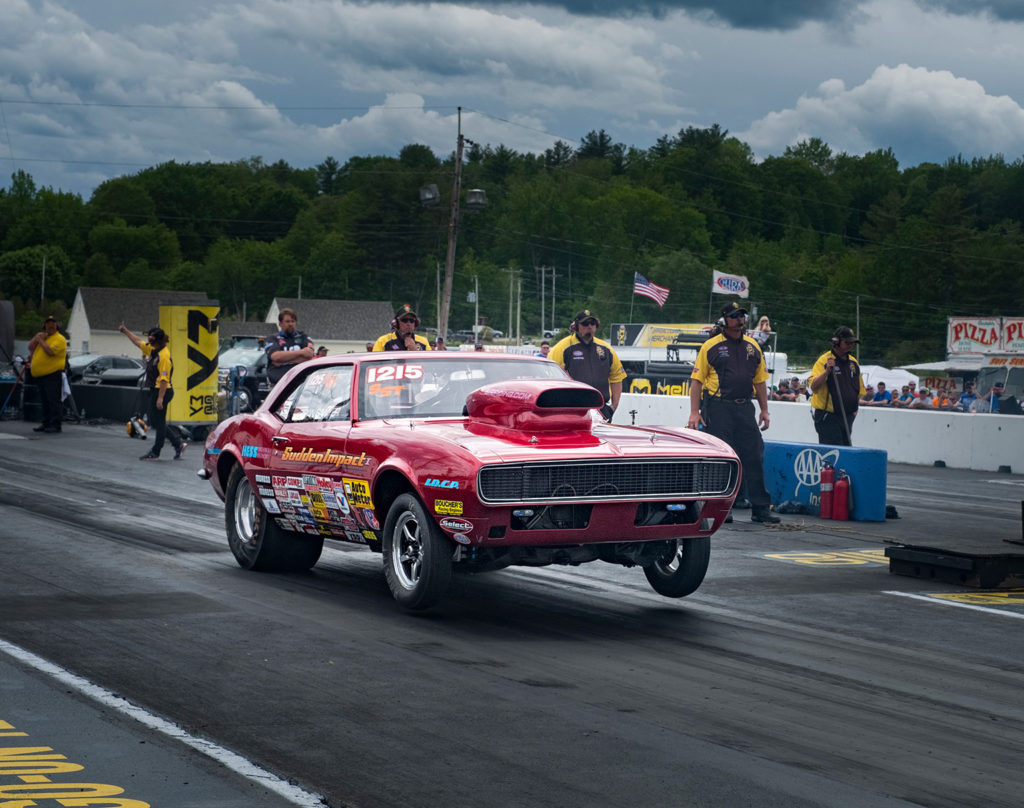
Act Fast
It’s not as scary as it sounds. Applications for credentials are usually completed online. An email or phone call or two might be involved. Apply for credentials early. Media relations folks get busier as race day approaches. Nobody likes handling last minute requests; especially ones that may require some vetting of yourself or your client. The number of media people at any given event might be limited as well. Again…apply early!
With the uptick in electronic news publishing has come greater opportunity to be approved for all access credentials. There are simply more recognized news outlets in the business of motorsports photography today than at any time in the past. Make sure you’re working with a bonafide service and you should have no problem securing press credentials.
The more prestigious the event, the more scrutiny involved. Don’t apply for press credentials for an NHRA Nationals event or a NASCAR Cup Series race first time out. Start with a smaller event and cover it well. You’ll then have a legitimate entry on your professional resume and will be developing some “street cred”.
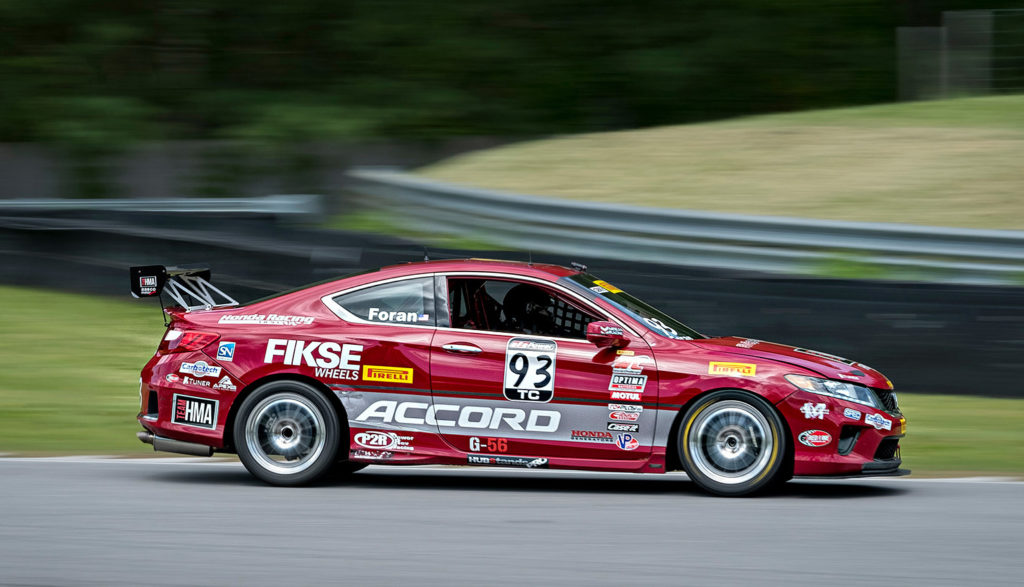
What To Expect On Race Day
At smaller events you’ll find yourself reporting to the track’s media relations office first. At larger events there will be a scheduled media meeting before the start of the event. At some of the largest events there will be a media meeting each day.
You will be signing a bulletproof liability waiver and hold harmless agreement. Make no mistake. Being “inside the fence” at ANY professional motorsports event comes with inherent dangers. Safety is of paramount concern and you will be expected, without any exception, to abide by the venue and sanctioning body’s regulations. There is no leeway here. Do something wrong and you will be escorted from the track (and likely never allowed a second chance in the future).
You’ll be provided with a high visibility safety vest by the track or the race organizer. You’ll be provided with your credentials which must be worn at all times in restricted areas. You’ll be instructed as to what areas you are allowed to access for photography on track. Some of these areas are only accessible when the track is “cold”. If the track is “hot” (racing or practice is underway) you may have to wait to take your place at certain photo positions.
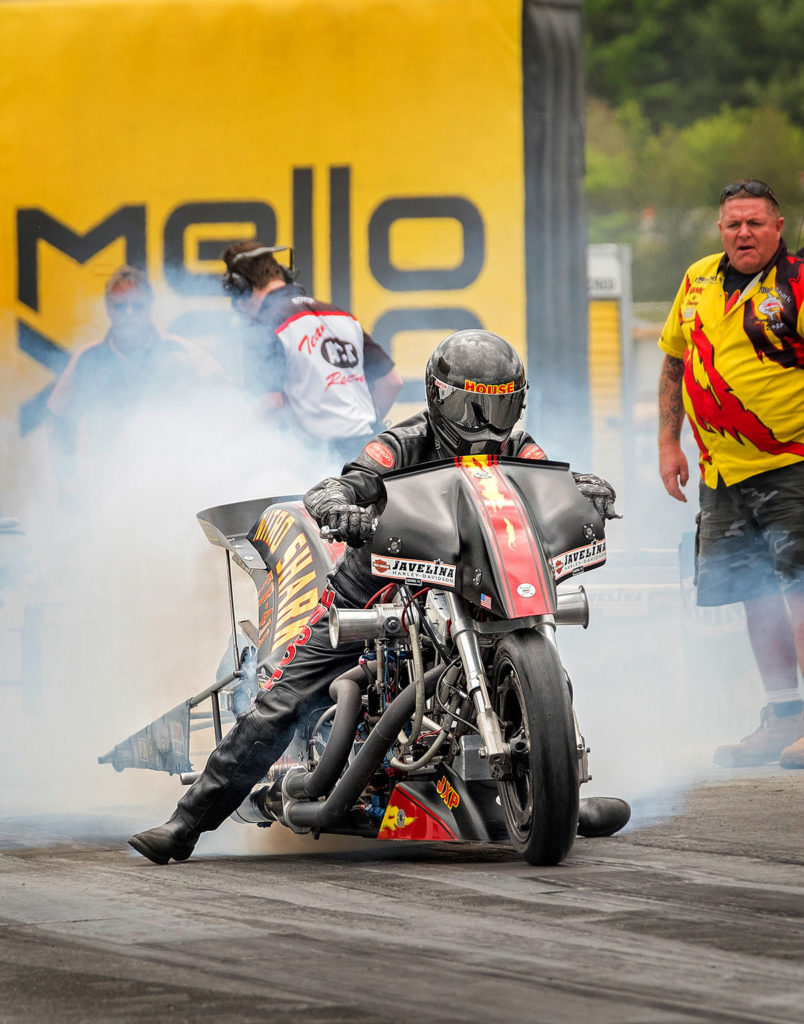
Television Is King • Safety Is Paramount
Most major racing events are broadcast live on network television. Millions of dollars in equipment and human resources are at play. You can not and must not interfere in any way. Photo positions are well-established to prevent any accidental incursion into the television camera’s line of sight. Be aware of what is going on around you at all times. You don’t want to make your television debut by ruining a network television camera’s shot. It will not garner favor with those that you’re working beside.
You will have been provided with all safety regulations at your media meeting(s). Obey them or risk being ejected from the venue. Race officials, corner workers, track workers, race crew members…pretty much everyone’s activity on site…takes precedence over yours. Respect that fact and you’ll do fine.

Conclusion
We hope this final installment in The Need For Speed series has given you some valuable insight into the business of motorsports photography. We wish you the best of luck on your journey into this exciting pursuit. As always we welcome your comments in the area below. If you have any specific questions that we haven’t answered, feel free to contact us via email. Be sure to subscribe to Roadcraft USA to receive alerts when new posts hit the blog.
Click Here to view an interactive visual index page where you can quickly browse through all of the great features that are published on the Roadcraft USA blog.

